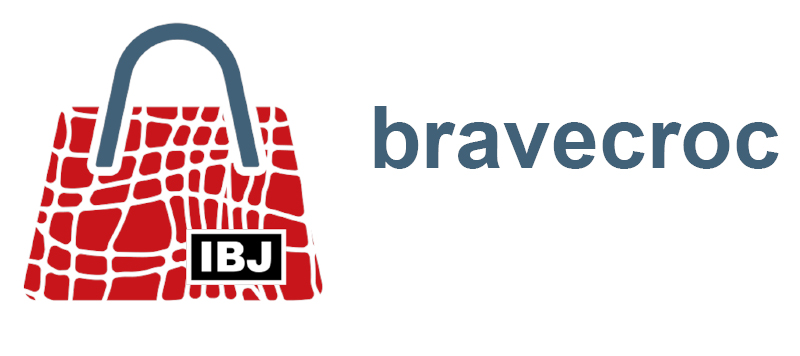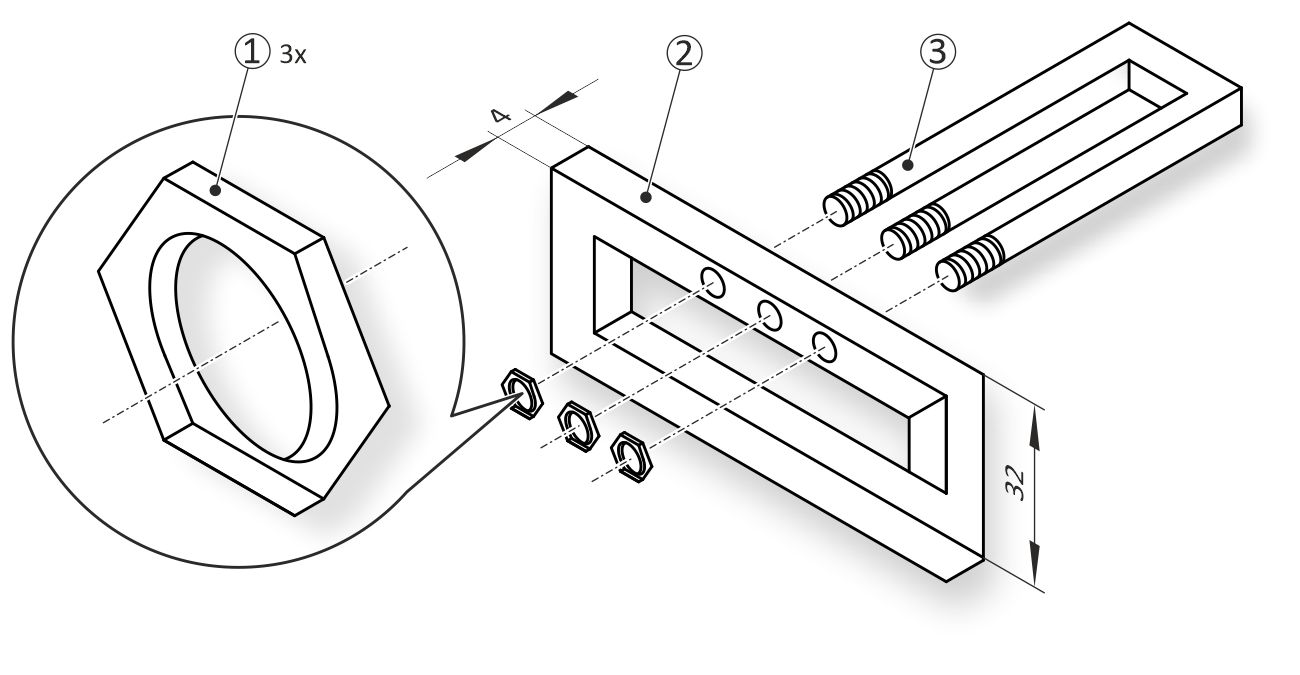

Facts
Impossible projection
2020-08-05
We all know impossible figures. First we could see them at Oscar Reutersvärd. With the Dutch graphic artist M. C. Escher such impossible figures became known to the masses in the 20th century.
Impossible figures are graphically two-dimensional, ostensibly three-dimensional objects that cannot really exist. Mostly these figures are a mixture of graphic paradoxes and optical illusions and abstract figures or scenes from architecture. But there is also an often shown example for technical illustration:
Mounting the trichotometric indicator holder
This impossible construction is often presented with the following text:
Inquiries concerning the mounting of the Trichotometric Indicator Support indicate that some difficulty is being experienced with the brackets which attach the support. As an aid toward fabricating the support brackets, the accompanying illustration is provided to show how the support is coupled between the differentialator and the carburetorphalasum. It will increase the flow of power between the magtometer and tappetmodulator. The application of the special ambihelical hexnut is unique in that any attempt to remove it in the conventional manner only tightens it. Because of the design, the nut must be fully screwed on before it can be screwed off.
The impossible possible with Corel?
Every illustrator often makes the impossible possible for didactic reasons. Graphic paradoxes and optical illusions are created rather unintentionally. If it should be intentional, then so be it:
- All tools for object creation can be used
- Projected drawing layers also support
- Extrusions can of course not be used
The art is to bypass one’s own perception while creating.


